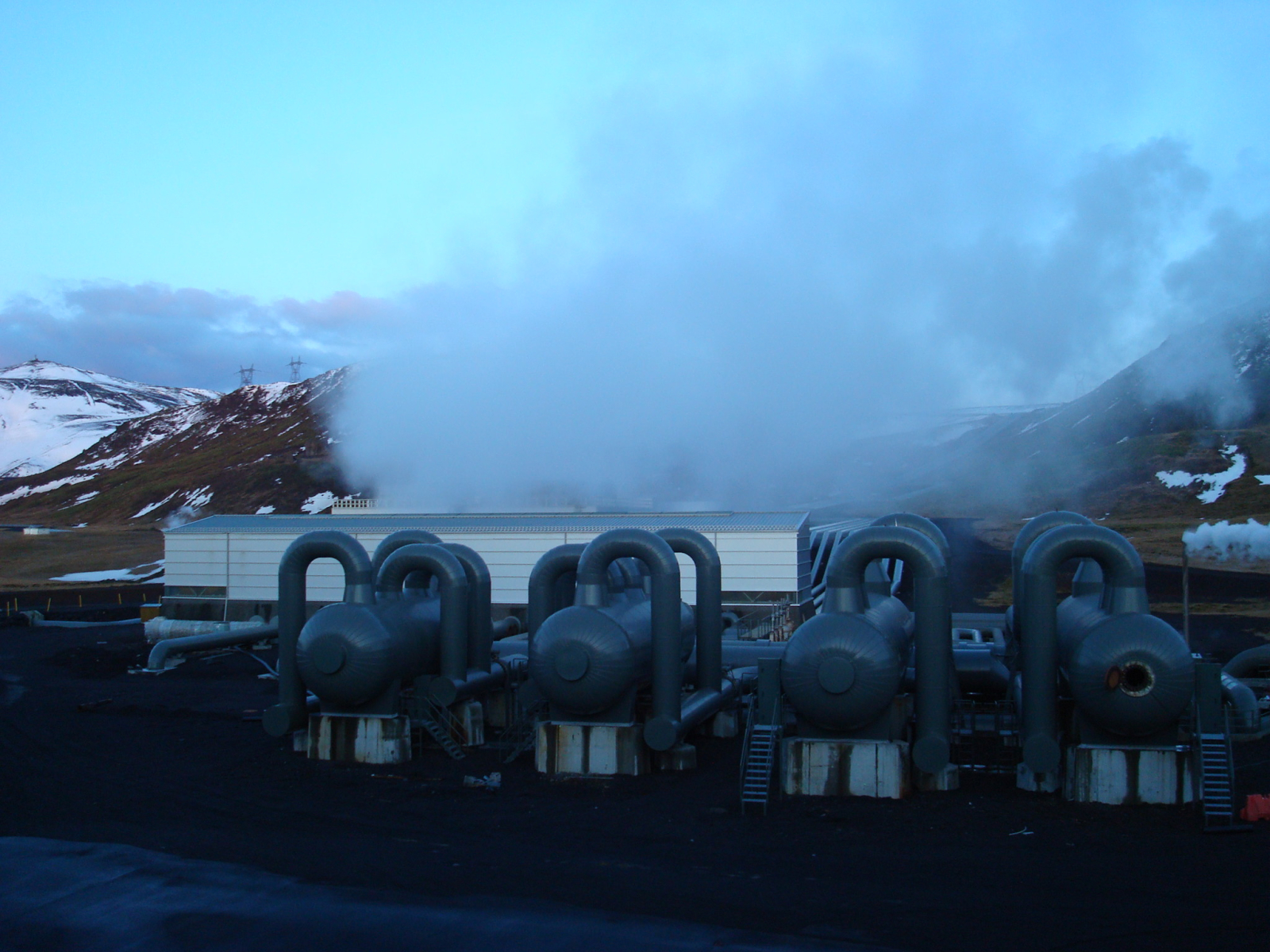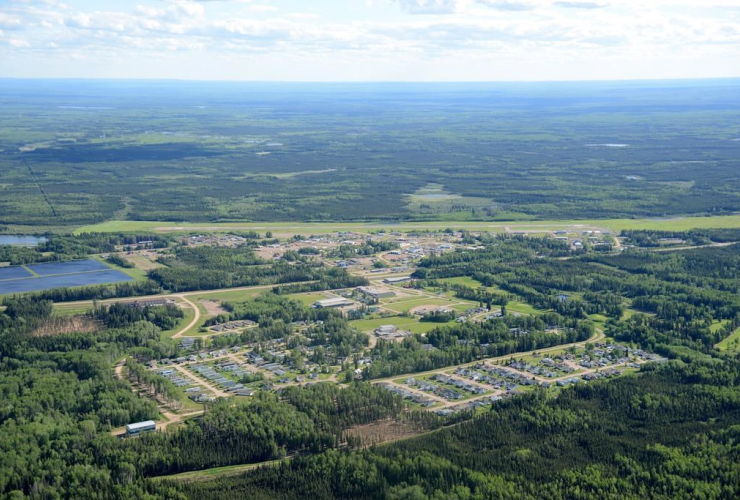On the East Coast of Canada, hundreds of defunct underground coal mines lay like mazes under communities. Those same mines could once again be brought to life, this time to provide renewable energy to the same towns that once relied on them for the dirtiest fossil fuel.
The potential lies in geothermal: heat generated by the Earth, which can be harnessed in a variety of ways. While in operation, underground coal mines are dewatered to allow for workers to extract coal. When a mine is not maintained, it naturally floods with surface and groundwater. Because coal mines can extend hundreds, and sometimes thousands, of feet underground, the water that naturally floods coal mines is warm enough to use in geothermal systems.
In Nova Scotia, one town has been doing so for decades. Springhill, formerly called Springhill Mines, has used geothermal heat from a defunct coal mine to heat and cool industrial buildings via heat pumps since the 1980s. Battery producer Surette Battery and the town's community college are both examples of buildings that take advantage of the energy source.
There is “vast potential” for coal mines to be used as sources of geothermal energy in the province, explains Grant Wach, a professor at Dalhousie University in the Department of Earth and Environmental Sciences and the director of the Atlantic Canada branch of the not-for-profit Geothermal Canada.
Geothermal energy can be harnessed in a variety of ways, but it always comes from heat generated by the Earth. Steam and hot water lie underground and the deeper you go, the hotter the sources are. That heat can be used to warm and cool buildings through heat pumps or for electricity (in the latter case, steam powers turbines that generate electricity).

While Wach says Canada should expand geothermal energy, creating new wells is costly and doesn’t come without risks. He notes there have been instances of drilling for geothermal causing seismic activity and having to be shut down, such as at a project in Switzerland in 2009. The underground coal mines in Nova Scotia have already been constructed, which takes away a lot of the work typically associated with developing geothermal, explained Wach.
The potential for geothermal from coal mines is especially interesting considering the province’s current energy mix: 37 per cent of the power generated in Nova Scotia comes from coal, and there are eight coal-fired generating units now operating at four plants across the province.
Oil, another fossil fuel, makes up 32 per cent of residential home heating. A 2004 paper discussing Springhill’s use of geothermal notes that although installing heat pumps is more costly, the “operating costs of geothermal heating are substantially lower than heating by fuel oil.”
Geothermal abroad
While geothermal energy has yet to take off in Canada, other countries rely on it for a significant chunk of their energy mixes. Iceland, which is in an ideal locale for the technology, heats 90 per cent of its homes with the energy source. California has more than 650 active geothermal wells, producing energy that accounts for about six per cent of the state’s electricity production.
Springhill’s geothermal system has been in operation for years and the town is now looking to expand its use. In October 2022, the Municipality of Cumberland (where Springhill is located) announced plans to team up with Nova Scotia Community College to study geothermal potential in the area. The $80,000 study was funded by the province’s Department of Natural Resources and Renewables.

Geothermal has “the potential to play an important role” in the province’s energy goal of reaching net-zero greenhouse gas emissions by 2050, said department spokesperson Patricia Jreige, who noted the innovation and cost savings now taking place in Springhill.
She believes the study “will help uncover the full potential of geothermal in the area.”
“All science points to Cumberland County as a great starting point with its history of geothermal use from abandoned mine water and its deep sedimentary basin geology,” she said in an emailed statement. “... We aim to apply lessons learned in Cumberland in other areas of the province to expand geothermal opportunities.”
Meanwhile, the United Kingdom is starting to follow in Nova Scotia’s footsteps. The U.K.’s Coal Authority estimates that 25 per cent of Britain’s homes are above coalfields and that the mine water flowing through once-used tunnels could be a significantly underused clean energy source.
Reliable baseload source of power
Overall, geothermal is a reliable source of power compared to other renewables such as wind and solar, which are available intermittently, said Moe Qureshi, director of climate research and policy with the Conservation Council of New Brunswick.
Diversifying energy use is important as we transition off of fossil fuels, noted Qureshi, and geothermal could be an interesting opportunity to harness local energy.
Using coal mines specifically is “a clever reuse of land,” he said.
“We do need to invest in more renewable energy and if you have more wind and solar … [and] batteries [and] you get some geothermal in rural communities, you can make a system that is greener, but also more sustainable,” said Qureshi, who has a chemistry PhD in renewable energy.
“Better for your health, better for the environment, better for everybody, and hopefully, our wallets, too.”
Updates and corrections
| Corrections policyThis story has been updated with Moe Qureshi's new title at the Conservation Council of New Brunswick.
Very interesting article. I
Very interesting article. I am keen to learn more about this re-use of old mines. Canadian companies from Alberta are innovating with new geothermal technologies using techniques developed by drilling for oil and gas. There is potential for district heating and other applications. To those who insist that electrical grids will continue to need baseload power: you should explore this.
Interesting how sources of
Interesting how sources of the dirtiest fuels can be used to provide perfectly clean power. Sounds like a great complement to wind and solar power.
If only we could convince
If only we could convince governments to invest in this instead of subsidies for fossil industries.






Comments